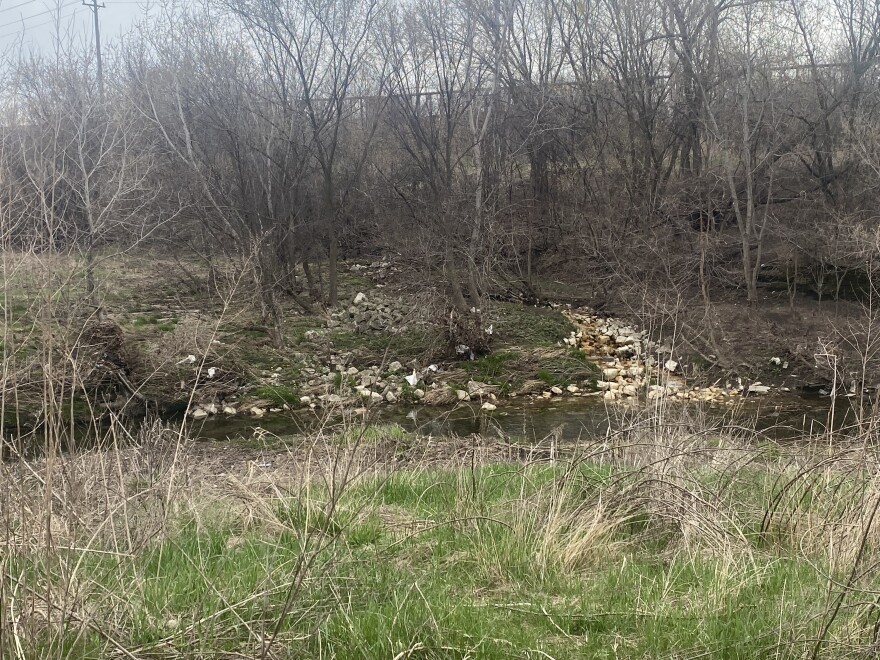For Makayla Cooper, the combined experiences of having parents who grew up on farms, attending science camps as a kid, and a middle school Montessori education that exposed her to the outdoors, led her to where she is today.
Cooper is a conservation educator, she works at Nearby Nature, an environmental justice and equity initiative in Milwaukee.
She runs environmental science youth education workshops with different Milwaukee Public Schools.
"Most of the classrooms I serve are almost always all Black, or 98% Black. And when I mention things to them like, 'Yeah you know we’re gonna go to the lake.' There’s confusion of like, 'The lake? Like, no that’s the ocean?' Like, no this is really the lake. So, when I take them there and they’re like, 'This is so crazy. How is this apart of Milwaukee?' It’s really disheartening because it’s like this is a part of your city, and you should feel represented, and you should have access to these places that everyone else has access to," she says.
Cooper attended MPS elementary schools and then transitioned to a suburban high school. She says that exposed her to disparities in education.
For example: swimming.
Cooper says her high school in Wauwatosa required swimming classes, but that’s not the case for every MPS school.
"Depending on what school you go to in MPS, you might not have a swimming pool and never have access to swimming so, how can I tell you, 'Let’s go by this creek over here,'" she says. "If you’re scared you don’t know how to swim. So, how can I expect students to want to come to these spaces if they’re going to feel unsafe."
So, Cooper is working to bridge the gap in environmental education.
One of the ways she does this is by taking her students to different green spaces, like the Lincoln Creek Greenway at North 35th & W Congress Streets.
That’s where we met.

She walked me down the trail to the creek.
"When we come out here it’s generally to get students comfortably exposed to the outdoors. ‘Cause most of the students I work with, their exposure to the outdoors is usually just the playground that they have, or sometimes they have yards, but even outside of that, that doesn’t look like this," Cooper explains. "And doing it in a comfortable way so that they don’t get a bad experience from being out in nature and want to continue to be out in these spaces because they are so beneficial."
At Lincoln Creek, Cooper says students get hands on experience with the nature around them. Like interacting with snakes that Nearby Nature studies.
"When I have the snake boards out, we have lifted the snake boards to see if snakes are around. Sometimes, the snakes are just climbing between the trees, and they’d go and just pick them up," Cooper says. "There have been salmon carcasses that have washed up here. And they got to see that, and we just identify, 'OK, what is this?' This is the same salmon that you’re eating from the store. It lives here.”
Cooper says students also do birding activities and help monitor water quality.
She adds that for so long people of color have been excluded from the benefits of outdoor spaces. And that’s a challenge environmental justice workers have to overcome.
"Lots of these communities that I serve and I’m a part of deem a lot of this stuff as, 'Oh that’s white people stuff.' Like, no white Americans actually didn’t create any of these things but have contributed to the disenfranchisement of Black and brown communities’ connections to these places," she says. "Whether it’s through racial divides and segregation, lack of educational resources for Black and brown communities, or treating these Black and brown communities as dumping grounds."
Cooper says a crucial part of her work is helping students understand that they are a part of nature. It is in them and around them, and they should value it no matter where they are.






